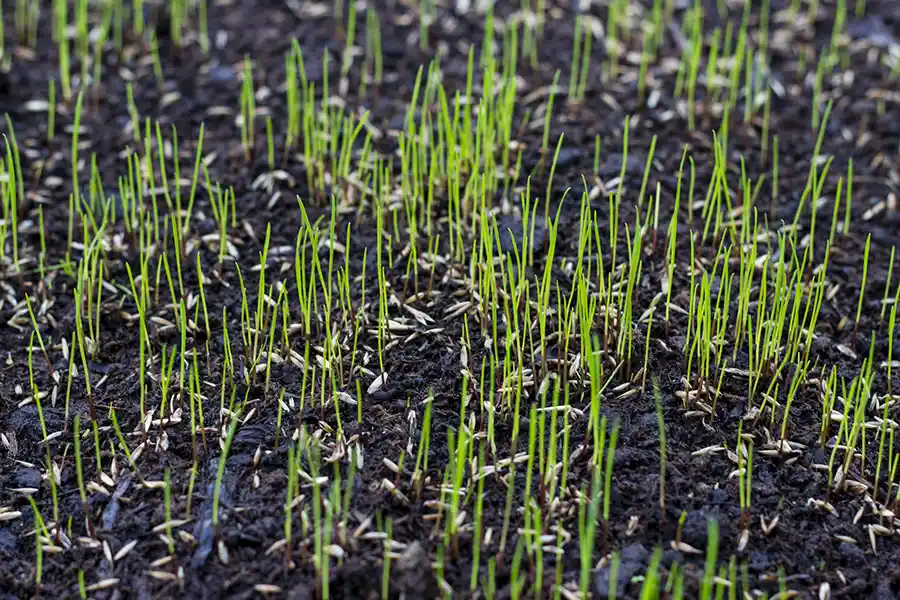How Often Should You Fertilize Your Lawn? Learn More from This Guide
Keep The Soil Healthy
Fertilization plays a crucial role in providing the necessary nutrients that grass needs to grow strong and green. However, one common question homeowners often have is “How often should you fertilize your lawn?”. Well, check out the essential factors that influence fertilization frequency and provide a guideline to help you achieve the best results.
Know the Types

How often should you fertilize your lawn? Start by knowing the type. The type of grass in your lawn significantly impacts how often you should fertilize. Cool-season grasses such as ryegrass, typically require more frequent fertilization, especially in the spring and fall when they experience peak growth periods. Warm-season grasses like Bermuda generally need fertilization during the warmer months when they are actively growing. Understanding your grass type is the first step in determining the appropriate fertilization schedule.
Consider the Seasons
Seasonal changes play a major role in lawn fertilization. For cool-season grasses, early spring and fall are the ideal times to apply fertilizer. In spring, fertilization helps to kickstart growth after winter dormancy, while fall fertilization strengthens the roots before the winter. Warm-season grasses benefit most from fertilization in late spring and summer, which supports their growth during the warmer weather. Generally, lawns need about 3-4 applications of fertilizer per year, adjusted based on your grass type and local climate.
Check and Test Soil Health
Soil health is a critical factor in determining fertilization frequency. Conducting a soil test every 2-3 years can provide valuable insights into the nutrient levels and pH balance of your soil. Based on the results, you can adjust your fertilization schedule to address any deficiencies. Healthy soil with balanced nutrients may require less frequent fertilization, while poor soil conditions may need more regular applications to ensure your lawn receives the necessary nutrients for optimal growth.
Heed the Signs
Monitoring your lawn for signs of nutrient deficiency can also guide your fertilization schedule. Common indicators that your lawn may need fertilization include yellowing grass, slow growth, thin or patchy areas, and increased weed presence. If you notice any of these symptoms, it might be time to apply fertilizer, even if it falls outside your regular schedule. Regular observation and timely interventions can help maintain your lawn’s health and appearance.
How Often Should You Fertilize Your Lawn? Learn From Us!

If you wish to regularly fertilize your lawn, hire Serene Surroundings Landscaping. Our company offers services to clients in Hillsboro, OR. Dial (971) 309-3369 now!